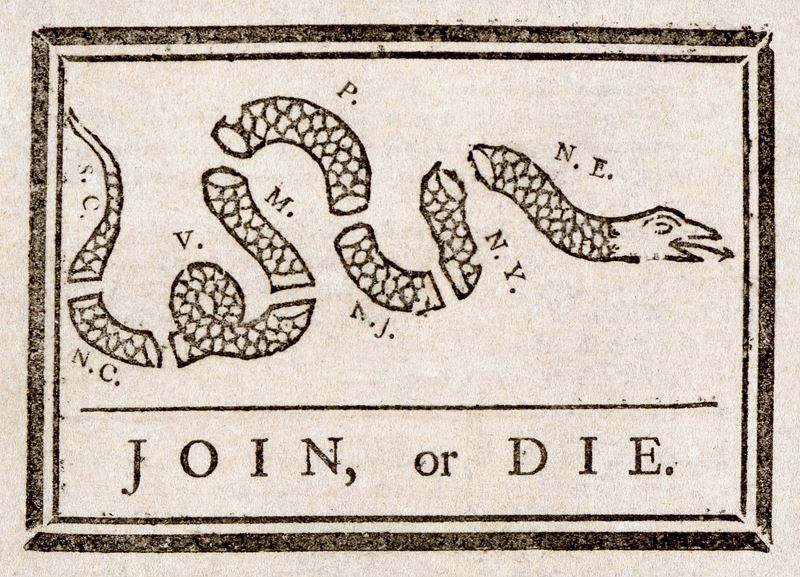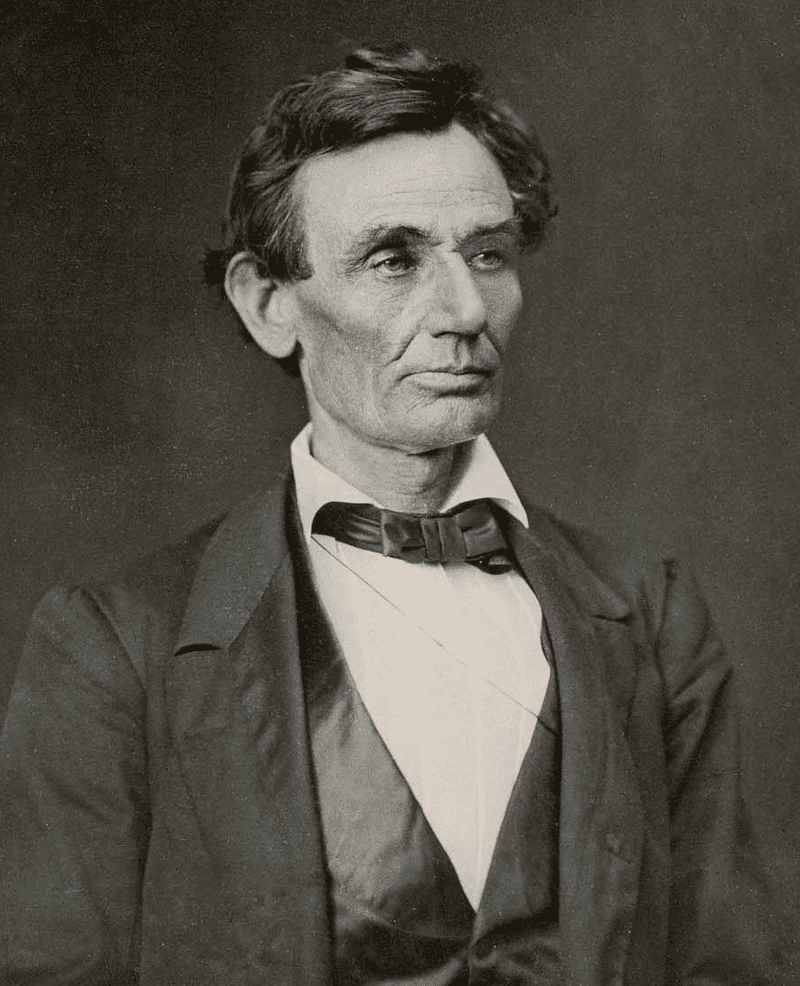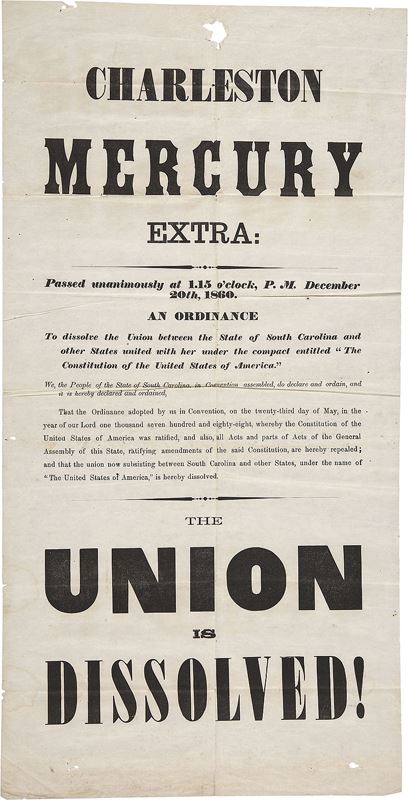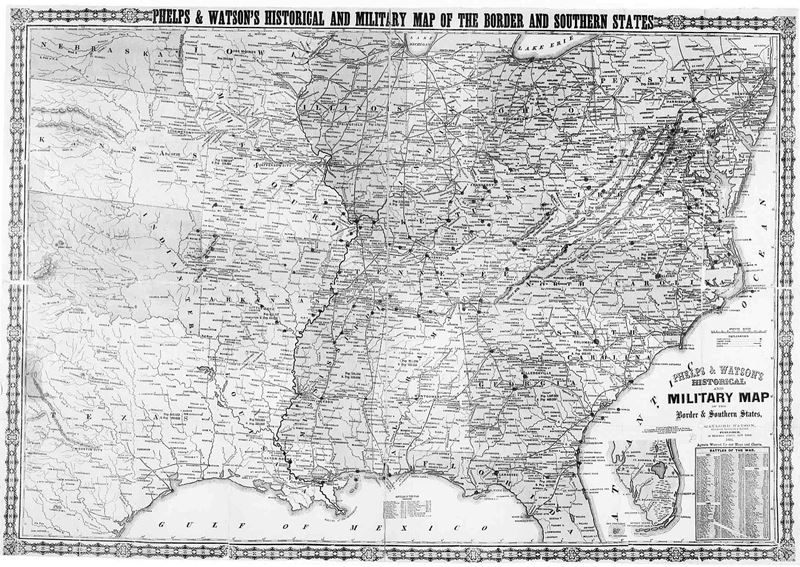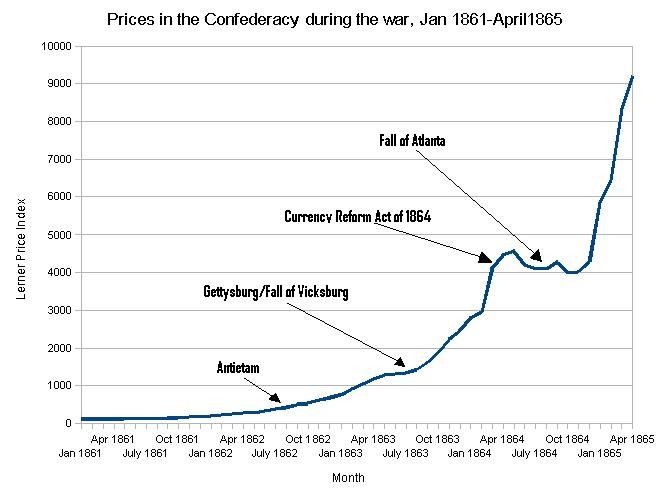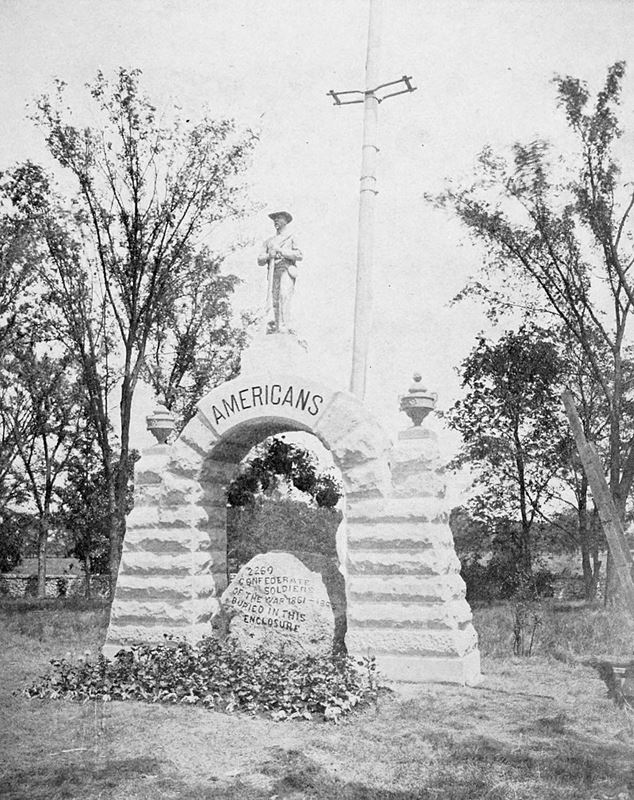In the United States, each state has its own written constitution.
They are much longer than the United States Constitution, which only contains 4,543 words. State constitutions are all longer than 8,000 words because they are more detailed regarding the day-to-day relationships between government and the people. The shortest is the Constitution of Vermont, adopted in 1793 and currently 8,295 words long. The longest is Alabama’s sixth and current constitution, ratified in 1901, about 345,000 words long. Both the federal and state constitutions are organic texts: they are the fundamental blueprints for the legal and political organizations of the United States and the states, respectively.
The Bill of Rights provides that “The powers not delegated to the United States by the Constitution, nor prohibited by it to the States, are reserved to the States respectively, or to the people.” The Guarantee Clause of Article 4 of the Constitution states that “The United States shall guarantee to every State in this Union a Republican Form of Government.” These two provisions indicate states did not surrender their wide latitude to adopt a constitution, the fundamental documents of state law, when the U.S. Constitution was adopted.
Typically state constitutions address a wide array of issues deemed by the states to be of sufficient importance to be included in the constitution rather than in an ordinary statute. Often modeled after the federal Constitution, they outline the structure of the state government and typically establish a bill of rights, an executive branch headed by a governor (and often one or more other officials, such as a lieutenant governor and state attorney general), a state legislature, and state courts, including a state supreme court (a few states have two high courts, one for civil cases, the other for criminal cases). They also provide general governmental framework for what each branch is supposed to do and how it should go about doing it. Additionally, many other provisions may be included. Many state constitutions, unlike the federal constitution, also begin with an invocation of God.
Some states allow amendments to the constitution by initiative.
Many states have had several constitutions over the course of their history.
The territories of the United States are “organized” and, thus, self-governing if the United States Congress has passed an Organic Act. Two of the 14 territories without commonwealth status – Guam and the United States Virgin Islands – are organized, but haven’t adopted their own constitutions. One unorganized territory, American Samoa, has its own constitution. The remaining 13 unorganized territories have no permanent populations and are either under direct control of the U.S. Government or operate as military bases.
The commonwealths of Puerto Rico and the Northern Mariana Islands (CNMI) do not have organic acts but operate under local constitutions. Pursuant to the acquisition of Puerto Rico under the Treaty of Paris, 1898, the relationship between Puerto Rico and the United States is controlled by Article IV of the United States Constitution. Constitutional law in the CNMI is based upon a series of constitutional documents, the most important of which are the 1976 Covenant to Establish a Commonwealth of the Northern Mariana Islands in political union with the United States of America, which controls the relationship between the CNMI and the United States;[1] and the local commonwealth constitution, drafted in 1976, ratified by the people of the CNMI in March 1977, accepted by the United States Government in October 1977, and effective from 9 January 1978.

